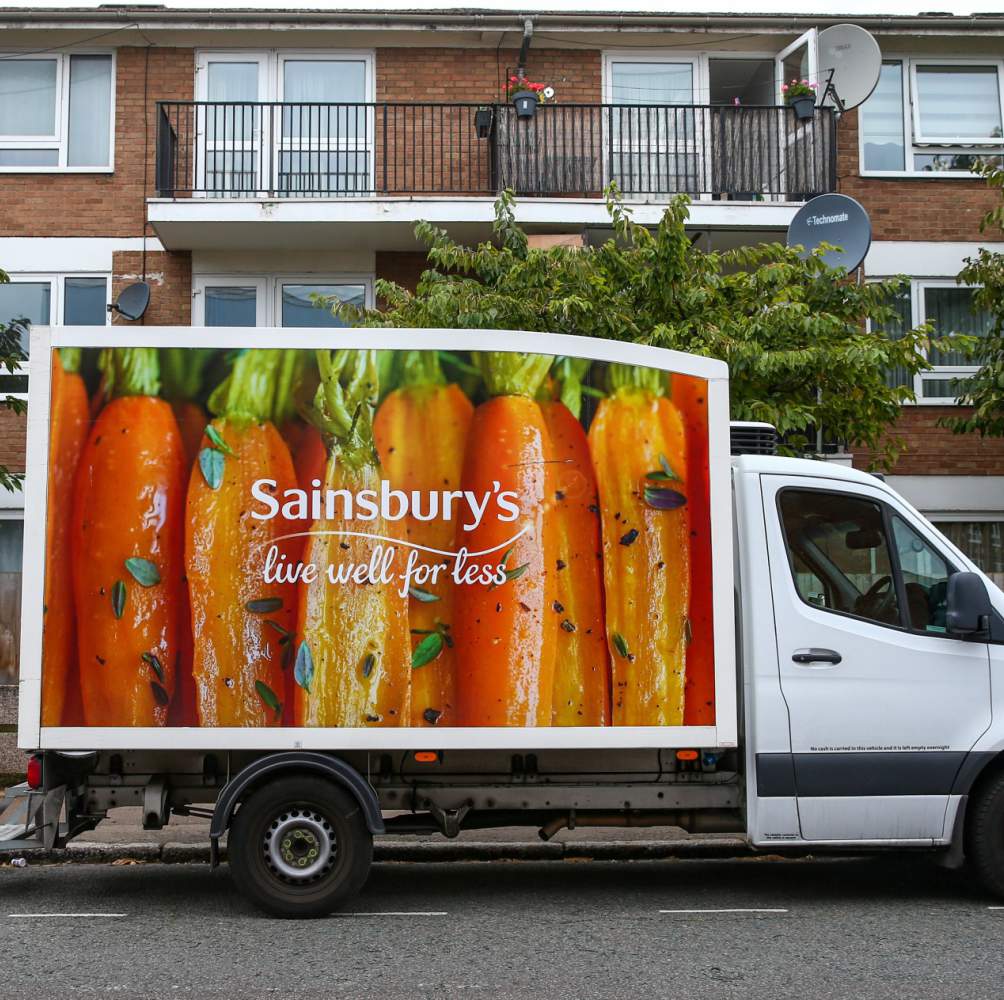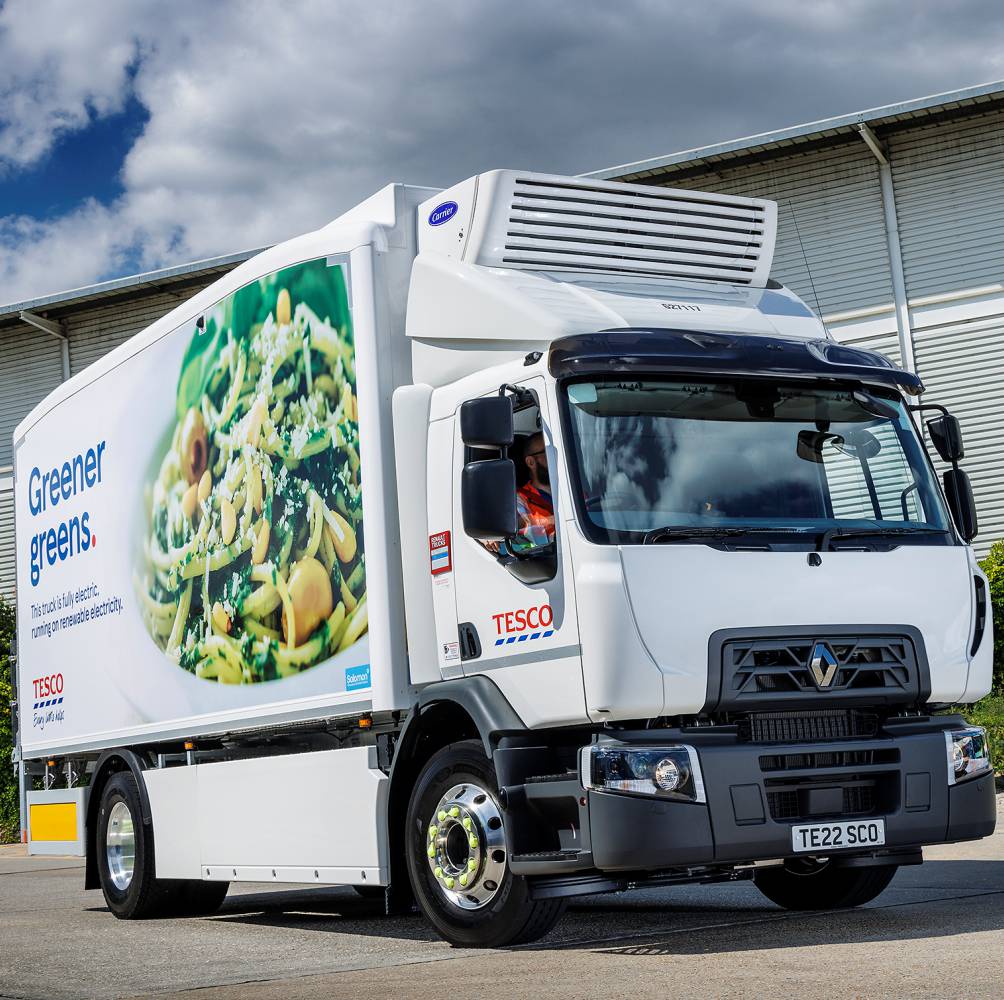Do you know which two are the giants in the United Kingdom’s supermarket industry? You have guessed it right! “Tesco and Sansbury’s” It’s a subject of market research as these two brands are the core competitors of each other. These two brands offer almost similar products and services, but there are many differences between these two companies, which explains why there’s a popular competition known as “Tesco vs. Sainsbury’s.” Let’s take a look at the market war between Tesco vs. Sainsbury’s first.
Brief History of Tesco vs. Sainsbury’s
Before getting into Tesco vs. Sainsbury’s competition, let’s take a look at these brands’ histories in brief to understand how Tesco has started their venture:
Tesco: Tesco started business in 1919 when Mr. Jack Cohen set up a small market stall in London’s East End. When he started his business, he started selling merchandise from World War I. In 1924, he opened his first real shop in Edgware Middlesex with a unique idea to let customers pick their own items from shelves, which got a good response, and he became a trendsetter.
In the 1960s – 1970s, the company continued to grow its business and started a series of brand acquisitions. While expanding, Tesco purchased the Victor Value and Stores chain. This expansion continued until the 1990s when Tesco entered different markets such as clothing, electronics, and financial services.
Thereafter, Tesco expanded significantly and started showing its international presence by opening stores in countries such as Ireland, Hungary, Poland, and many others. Using this strategy, Tesco became the world’s largest retailer before entering the 21st century. Here, Tesco got its stance and the authority to experiment in the supermarket industry.
However, during this period of time, Tesco had to face some challenges and controversies, which included financial accounting and competition in the market. Still, Tesco remains a major player in the global retail industry, with a strong online and offline presence and a wide range of products and services. This means Tesco has taken over the supermarket industry and established a monopoly.

Sainsbury’s: Carrying the official name “J Sainsbury plc,” Mr. John James Sainsbury and his wife, Marry Ann, opened their small shop to sell dairy products in London’s Drury Lane. They used to treat their customers well, and eventually, people started liking their products.
Sainsbury’s came up with the innovative idea of self-service and changed the entire shopping game in the 1950s. This made shopping very easy for all customers, and it changed the traditional method of buying any goods from the store.
As the years passed, Sainsbury’s business expanded, and it became one of the top supermarkets in the United Kingdom. Then, after Sainsbury’s extended its business horizons and entered the gross market, this retail brand started selling almost anything, like food, clothes, electronic goods, and much more stuff that we use on a daily basis.
In short, in this competition of Tesco vs. Sainsbury’s, both become major pillars of the UK’s supermarket world. They kept on improvising their business strategies and trying to meet people’s requirements; after all, they had to compete with lots of other competitors too.
Tesco, The Retail Giant
This retail giant has more than 3700 stores, ranging from hypermarkets to smaller one-stop shops. These shops are easy to reach, which makes Tesco a convenient choice for many people. The best thing is that you will find Tesco shops almost everywhere in the UK. So you won’t run out of groceries or any other products when you are in the UK.
Sainsbury’s, The Big Player
In the Tesco vs. Sainsbury’s battle, Sainsbury’s is still recognized as a big player in the supermarket industry. Sainsbury’s operates around 1400 stores, which simply means they are not accessible to some customers, especially those who live in remote areas. It seems convenient for those who can travel some miles for shopping and for those who still enjoy the traditional shopping routine, which is a part of their weekly activity.
Pricing
When it comes to customers, piercing is the most important factor, and these two brands understand the importance of competitive pricing. In Tesco vs. Sainsbury’s’ cold war, both brands tried to offer the best deal possible to attract budget-conscious potential customers. This battle can be beneficial for customers, as it means you can often find the best prices and offers in both stores.
As we all know, online shopping has become part of our lives, and these companies have already embraced this trend. Both of them offer online shopping options where people can order groceries without visiting these stores. This convenient method is popular with working-class people who prefer to avoid store visits for weekly shopping.

When it comes to products, both of these companies stock up on all the popular products from well-known brands like Coca-Cola, Kellogg’s, Heinz, and more. Also, both of them have their own in-house brands, such as “Tesco Value” and “Sainsbury’s Basics.” These in-house brands are easy on the customer’s pocket, which gives consumers a choice between quality and affordability.
Both businesses have almost the same products but still have different strategies that make a huge difference in their profit-making. They can keep their Tesco vs. Sainsbury’s cold war on, and let customers get an advantage out of this to create a win-win situation.
Facts About Tesco
Expansion: Some companies are very fortunate that they have grown faster over the years. Started as a small grocery shop in 1919, Tesco became the biggest supermarket chain in the United Kingdom in the 1990s. Tesco didn’t stop there and expanded the supermarket business internationally. By entering countries like Ireland, Hungary, and Thailand, and became an international supermarket giant.
Diversification: Keeping a bigger picture in mind, Mr. Jack Cohen didn’t stick to the grocery business. He expanded his horizons and entered different sectors as well. Some offbeat sectors in grocery sales are banking, insurance, and even telecommunication. It’s like a giant umbrella where you can get all the necessary goods and services under one brand.
Clubcard: Another brilliant idea that Tesco came up with in 1995 was the Clubcard. Whenever you buy something from a store, the company rewards you with some points and offers a discount on your next purchase. In simple words, “Thank you for being a loyal customer!” With this idea, Tesco has formed a community of loyal customers, and that has fixed the monthly sales.
Slogan: As we all know, most of the time we get attracted to a brand that has a catchy line as its slogan. (E.g., Just do it; I’m loving it, The ultimate driving machine, etc.) Tesco also came up with the best slogan, which is “Every Little Helps.” Introduced this slogan in 1993, assuring its customers that they save money on everything they want to make their lives easier.
Facts About Sainsbury’s
Heritage: When there was no concept of a shopping mall in 1869, Mr. Sainburry and his wife Mary founded a small dairy shop in London. It eventually grew into one of the UK’s largest supermarket chains, and it has become a heritage for buyers and their loyal costumes.
First Self-Service Store: Sainsbury’s has made shopping an experience. Saisnsbury’s introduced the concept of self-service in 1950 in the UK, which was a revolution for the supermarket industry. You can say Sainsbury’s was the pioneer of modern shopping culture.
J. Sainsbury’s PLC: While growing supermarket chains, Sainsbury’s company went public in 1973. This was the first mom-and-pop company to go public, offering and trading on the London Stock Exchange as J. Sainsbury’s PLC.
Sainsbury’s Bank: Understanding the competition and keeping an eye on a rival, Sainsbury’s also ventured into financial services, introducing Sainsbury’s Bank in 1997. Sainsbury’s was already a leading brand in the UK, so it entered a new domain, offering a variety of financial services.
Conclusion
In a nutshell, in Tesco vs. Sainsbury’s Cold War, both of these companies are making innovations in the United Kingdom’s retail sector. They are ultra progressive in their marketing strategies and making big business, and both of them are monopolies in the UK’s supermarket sector in their own way. They offer sustainability, and both of them are aware of market trends. They have made a significant impact on the industry, and their internal rivalry benefits customers, ensuring a dynamic retail environment. Happy Shopping!
FAQ
Q1 – Is there a rivalry between Tesco and Sainsbury’s?
Ans: Tesco vs. Sainsbury’s is the old supermarket war in the UK. Both of these companies are superior in their own way, and they compete in niches such as pricing, products, and marketing strategies. This means there is a cold war between these two brands, and it is simply beneficial for customers.
Q2 – Who’s the Ace of the Market?
Ans: In Tesco vs. Sainsbury’s cold war, Tesco has a large number of stores in the UK (survey of 2021) Tesco has supermarkets, hypermarkets, and retail stores in the region. However, market dynamics can change over time, and it all depends on the company’s strategies.
Q3 – Do they provide online shopping services?
Ans: In this fast-forwarding world, very few companies prefer to conduct their established business operations in a traditional way. Both of these companies offer online delivery services as well as in-store pick-ups.







